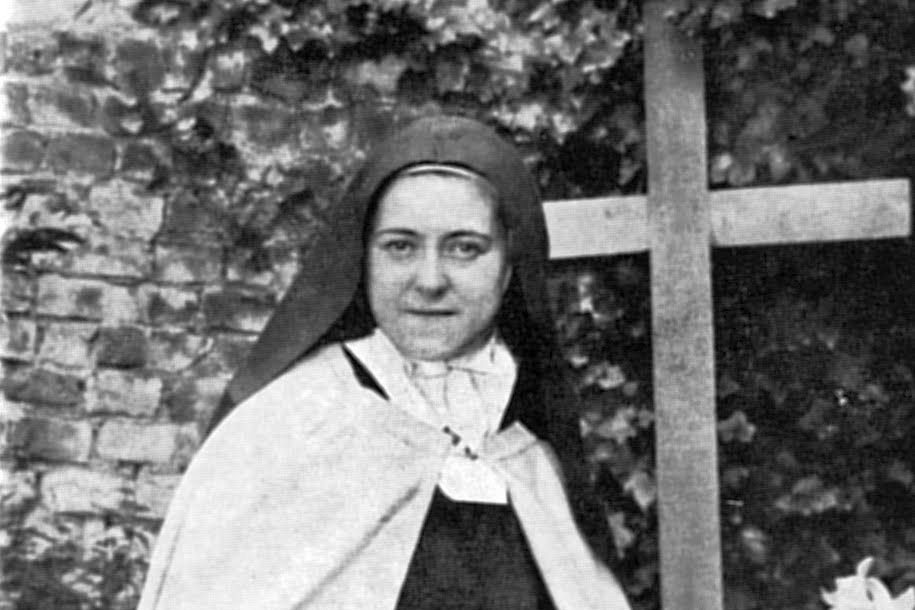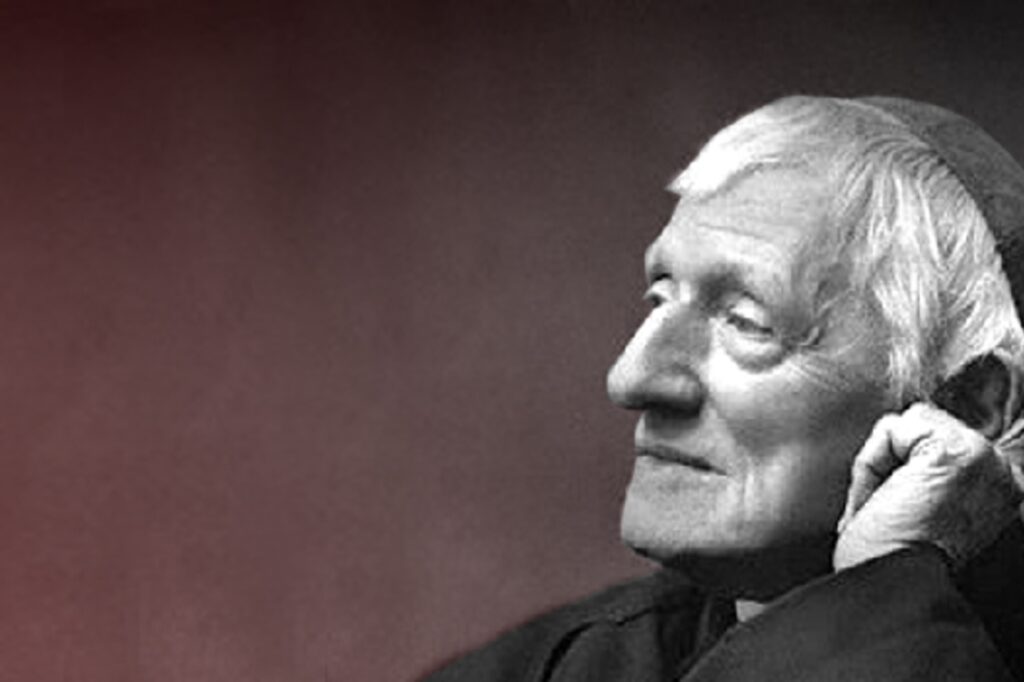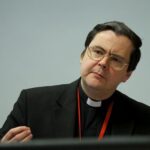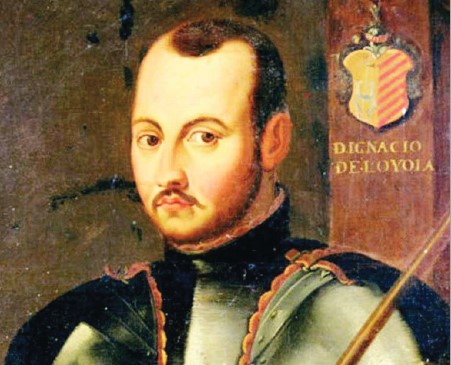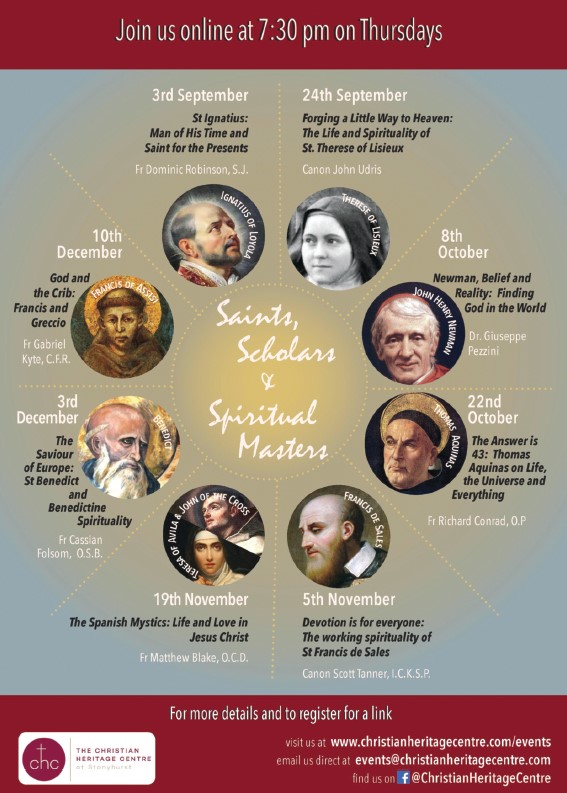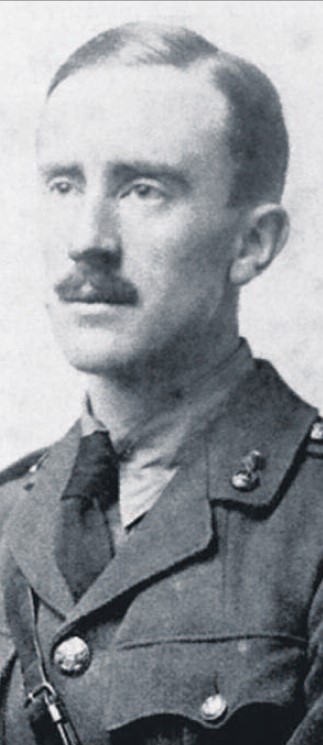Saints, Scholars & Spiritual Masters
#3 St John Henry Newman
***The talks are made available freely with the request for a donation to support our costs.***
Please donate here:
The third talk of Saints, Scholars and Spiritual Masters explores the spirituality of the latest English person to be canonised: John Henry Newman. Known for his great intellect and his conversion from Protestantism to the Catholic Faith, Newman’s journey was powered by his grasping of the realism and certainty of God’s presence. At the heart of this journey was his conscience, drawing him “out of the shadows into truth”. This talk will focus on Newman’s ‘realism’ and his conversions.
About the speaker:

Tutorial Fellow in Latin Language and Literature at Corpus Christi College Oxford. He came to St Andrews in 2016 after research fellowships at Magdalen College, Oxford and the Institute for Advanced Study in Princeton. He worked as an assistant editor for the Oxford Dictionary of Medieval Latin, and has published especially on Latin language and literature, philosophy of language, and the theory of fiction, ancient and modern, including above all Tolkien’s views on the ‘mystery of literary creation’. He is an Associate of the Institute for Theology, Imagination and the Art in St Andrews and the Tolkien Editor of the Journal of the Inklings Studies. He is a member of the RSE Young Academy Scotland, the Young Academy of Europe, and a collaborator of the Meeting of Rimini, for which he has curated exhibitions on John Henry Newman (2011, 2014), Oscar Wilde (2015) and JRR Tolkien (2021).







